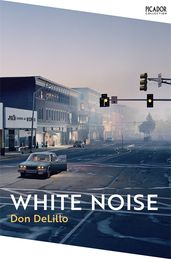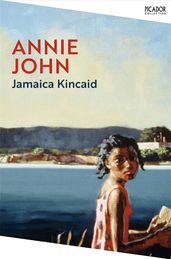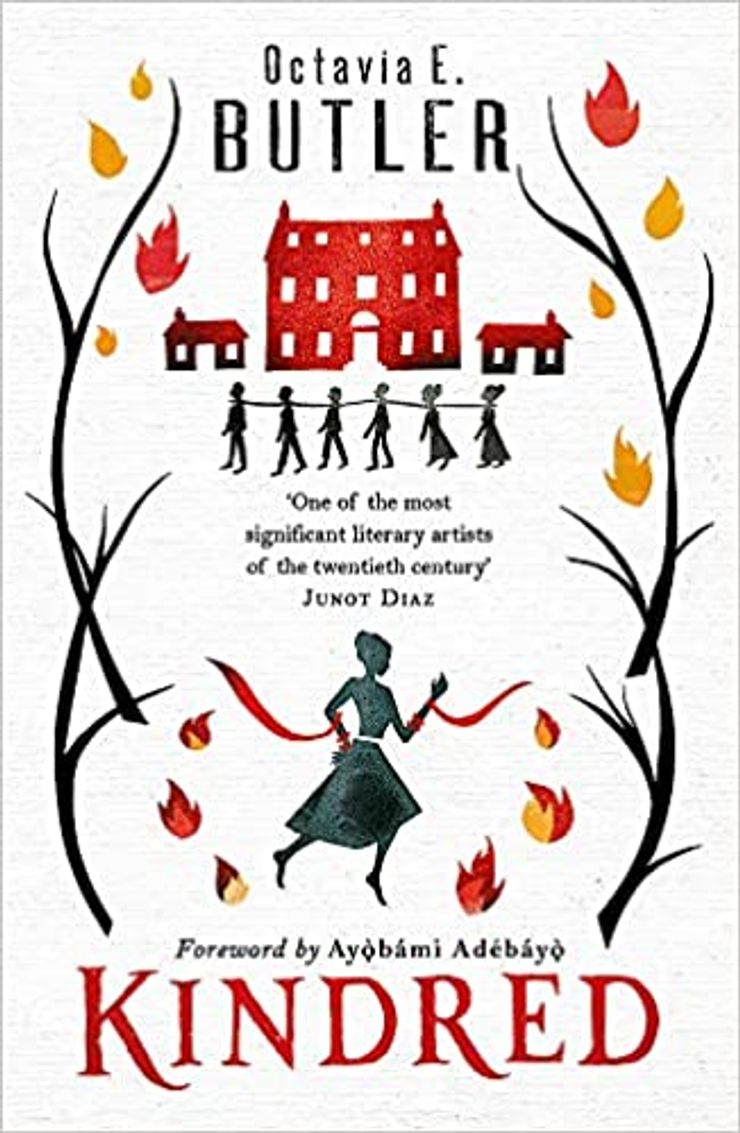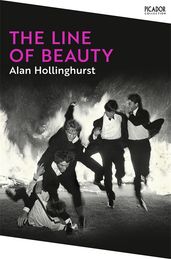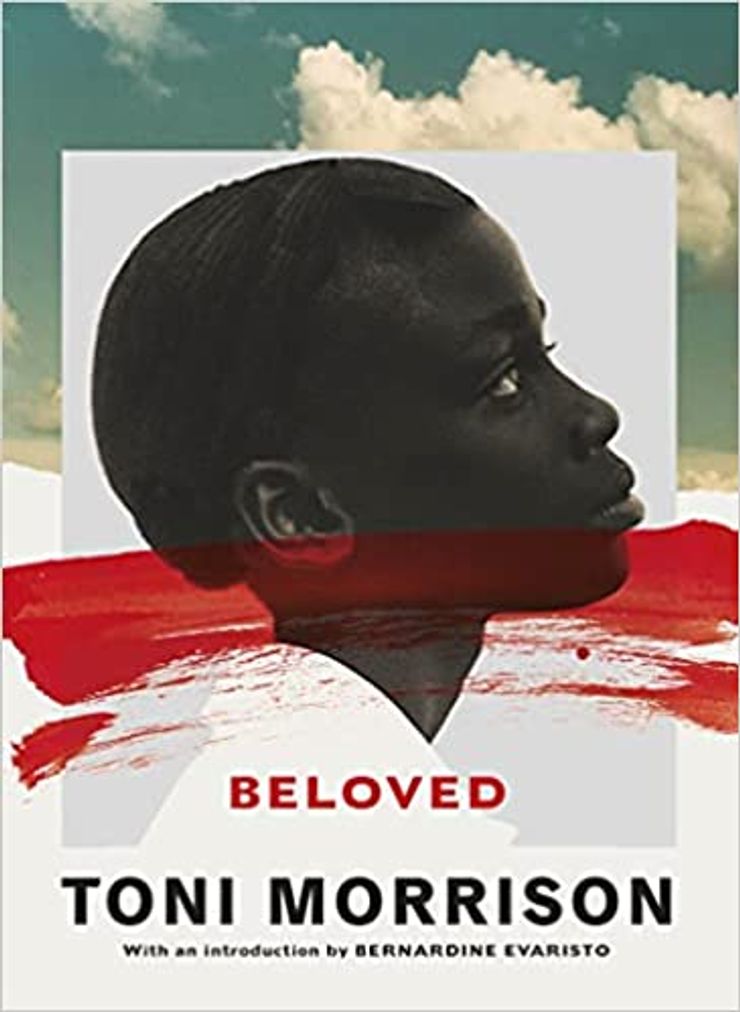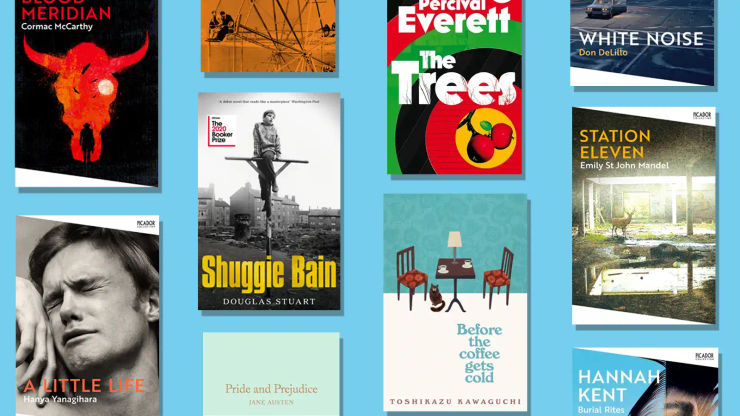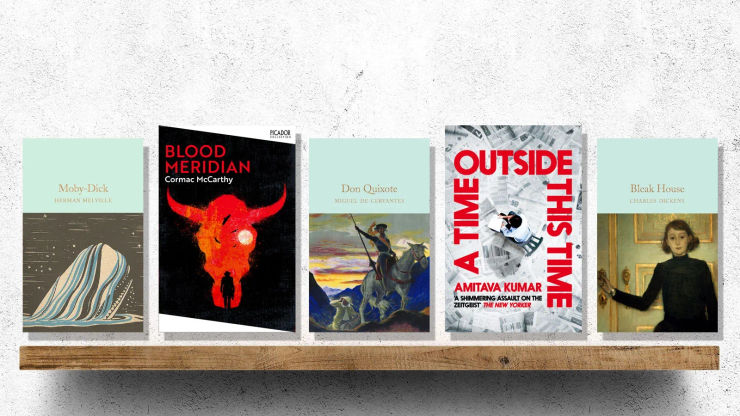The greatest writers of our time
From literary fiction to sci-fi comedy, Sarah Shaffi introduces some of the best English-language authors of the twentieth and twenty-first centuries.

What is it that makes a great writer of fiction? Is it the ability to create characters that feel they could leap off the page? Is it a sophisticated grasp of language and a willingness to play with form? Is it a story that captures the zeitgeist? Is it the number of copycats, or homages (to put it more diplomatically), they inspire?
The answer is that it’s all of those things, and many more besides, and it’s also none of those things. Because a great writer isn’t determined by items ticked off a checklist, by a formula that starts with a little of this and adds a pinch of that, but by how they make you feel. They’re assessed by the ways in which they made us escape through the page, and the ways in which they ground us. A great writer might, when we read their work, seem like they understand exactly what we’re going through at a given moment in time, or they might create for us a world so fantastical and remote that we feel dizzied by the experience.
If we’re lucky, we recognise a great writer in their lifetime, and wait in anticipation for their next book, whenever it may arrive. We return to their old works time and time again, finding new joy, recognition and meaning in the words.
There can never be a definitive list of the greatest authors of all time, because the connection between reader and author is so personal and undefinable. But here are just some of the greatest authors of our time, and the books you should read to fall in love with their work, and understand their genius.
Want inspiration from beyond the English-speaking world? Here's some great writing in translation.
Cormac McCarthy
The Passenger
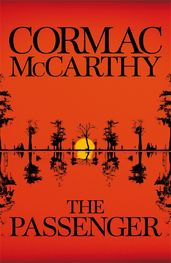
Talking of waiting in anticipation for an author's next book – there were sixteen years between McCarthy’s 2006 bestseller The Road, and his final, linked novels The Passenger and Stella Maris. The Passenger is the story of a salvage diver called Bobby, whose father helped Oppenheimer create the atom bomb, and his involvement in the mystery surrounding a sunken jet in 1980s Mississippi. Bobby is haunted by thoughts of his sister, Alicia, the subject of Stella Maris, which is told purely through dialogue. Distinctly different from his previous books, and every bit as good, these novels show McCarthy’s range and why he’s regarded as one of America’s greatest writers.
Don DeLillo
White Noise
by Don DeLillo
Often cited as one of the best American novels, White Noise follows Jack Gladney, the creator and chairman of Hitler studies at the College-on-the-Hill. When a chemical spill from a train carriage occurs, Jack has to confront the thing he fears most: his mortality. A social satire that looks at American consumerism and over-stimulation, and at a lack of connection, White Noise is uncomfortable reading at times, but all the richer for it.
Jamaica Kinkaid
Annie John
by Jamaica Kincaid
At only 160 pages, the Antiguan-American’s debut novel is probably the shortest bildungsroman you’ll come across – but this is no literary lightweight. Haunting, but not without humour, this tale of the end of childhood is full of Kincaid’s candour and complexity, the coming-of-age narrative a way of exploring and challenging ideas of colonialism, power and control.
V. S. Naipaul
A House for Mr Biswas
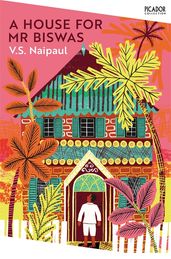
Published in 1961, A House for Mr Biswas was Naipaul’s first novel to achieve worldwide acclaim. It follows the fate of the title character, continually striving for success and mostly failing, whose ultimate goal is to own his own house. Often included in lists of the best novels written in English, and one of the seventy books on the Big Jubilee Read to celebrate the Platinum Jubilee of the late Queen Elizabeth II, A House for Mr Biswas is a smart and funny novel that evokes life on the Caribbean island of Trinidad.
Octavia E. Butler
Kindred
by Octavia E. Butler
Although considered by many to be the queen of science fiction, Butler wrote books that often defied easy categorisation, thanks to her effortless melding of genres and subjects. Kindred is her best known novel, and is about Dana, who finds herself time travelling between her home in 1976 California and a pre-Civil War Maryland plantation. Exploring the legacy of slavery as well as class, gender and race, Kindred is a perfect illustration of just how powerful genre fiction can be.
Alan Hollinghurst
The Line of Beauty
by Alan Hollinghurst
Brilliant novels and novelists can capture a moment in history, and make us feel like we’re at the centre of that time. The Line of Beauty is one of those books, taking readers to 1980s England, where 20-year-old Nick Guest moves into the home of an ambitious Tory MP and his family. Swept up in their world, and pursuing his own desires, The Line of Beauty – which won the Booker Prize in 2004 – is a novel that encapsulates the struggles of class, politics and sexuality in Margaret Thatcher’s Britain, and is a modern classic.
Douglas Adams
The Hitchhiker’s Guide to the Galaxy
by Douglas Adams
Best-of author lists can sometimes forget that great literature can also be funny literature. Such is the case with The Hitchhiker’s Guide to the Galaxy, a hilarious and poignant novel about life (and the universe). Its hero is Arthur Dent, who is having a regular Thursday until his house gets demolished, Earth is destroyed to make way for a hyperspace express route, and his best friend announces he’s an alien. Adams’ novel is a pop culture classic, and a feat of the imagination.
Toni Morrison
Beloved
by Toni Morrison
Just about any novel by Morrison deserves a place on a list of best books, but Beloved is arguably the writer’s best known work. Following Sethe, who is now miles away from the place where she was kept as a slave for many years, Beloved is named for the violent spectre of Sethe’s dead child: a nameless daughter whose tomb stone simply carries the word ‘Beloved’. A masterpiece of craft and story, Beloved is a story that once read can’t be forgotten.
Kazuo Ishiguro
Never Let Me Go
by Kazuo Ishiguro
Although he won the Booker Prize in 1989 for The Remains of the Day, it’s Ishiguro’s Never Let Me Go that makes this list, for the emotional notes it strikes. The novel is the story of three friends – Kathy, Ruth and Tommy – who were all pupils at an idyllic school in the countryside. Now grown, they are forced to look back on the past and confront the secrets that have been kept hidden from them. Ishiguro, who won the Nobel Prize for Literature in 2017, creates a stunning novel with a devastating twist.
Margaret Atwood
The Handmaid’s Tale
by Margaret Atwood
Set in the fictional Republic of Gilead – formerly America – Atwood’s novel is about Offred, a woman who is placed in the house of The Commander to fulfil her one function: to breed. Non-compliance in the totalitarian state means death, but even in the awful world she lives in, Offred never loses hope and desire. First published in 1985, Atwood’s tale is not only compelling, but also as relevant today as it was almost forty years ago; that’s both scary, and one of the reasons why it should be on any greatest books list.
